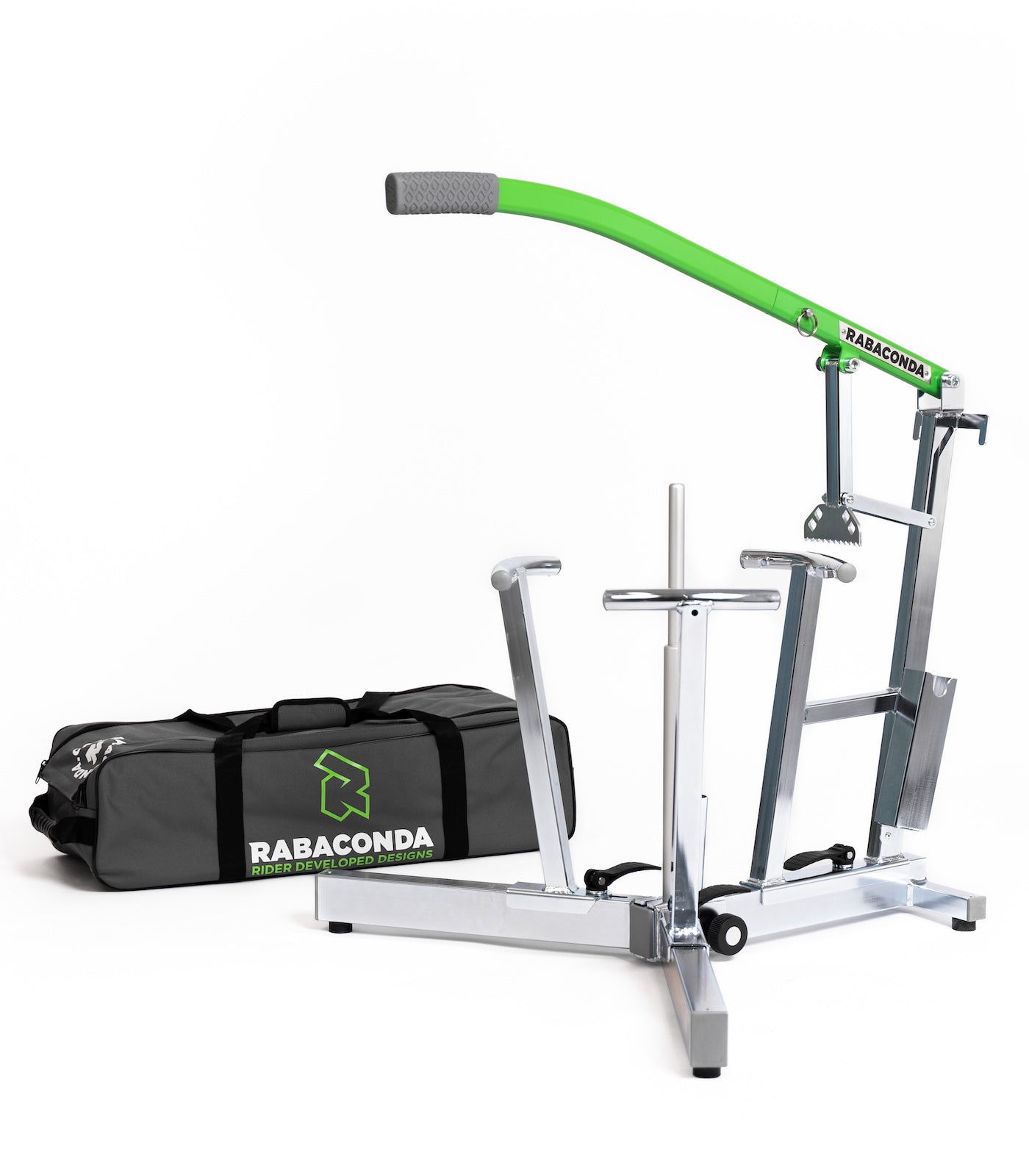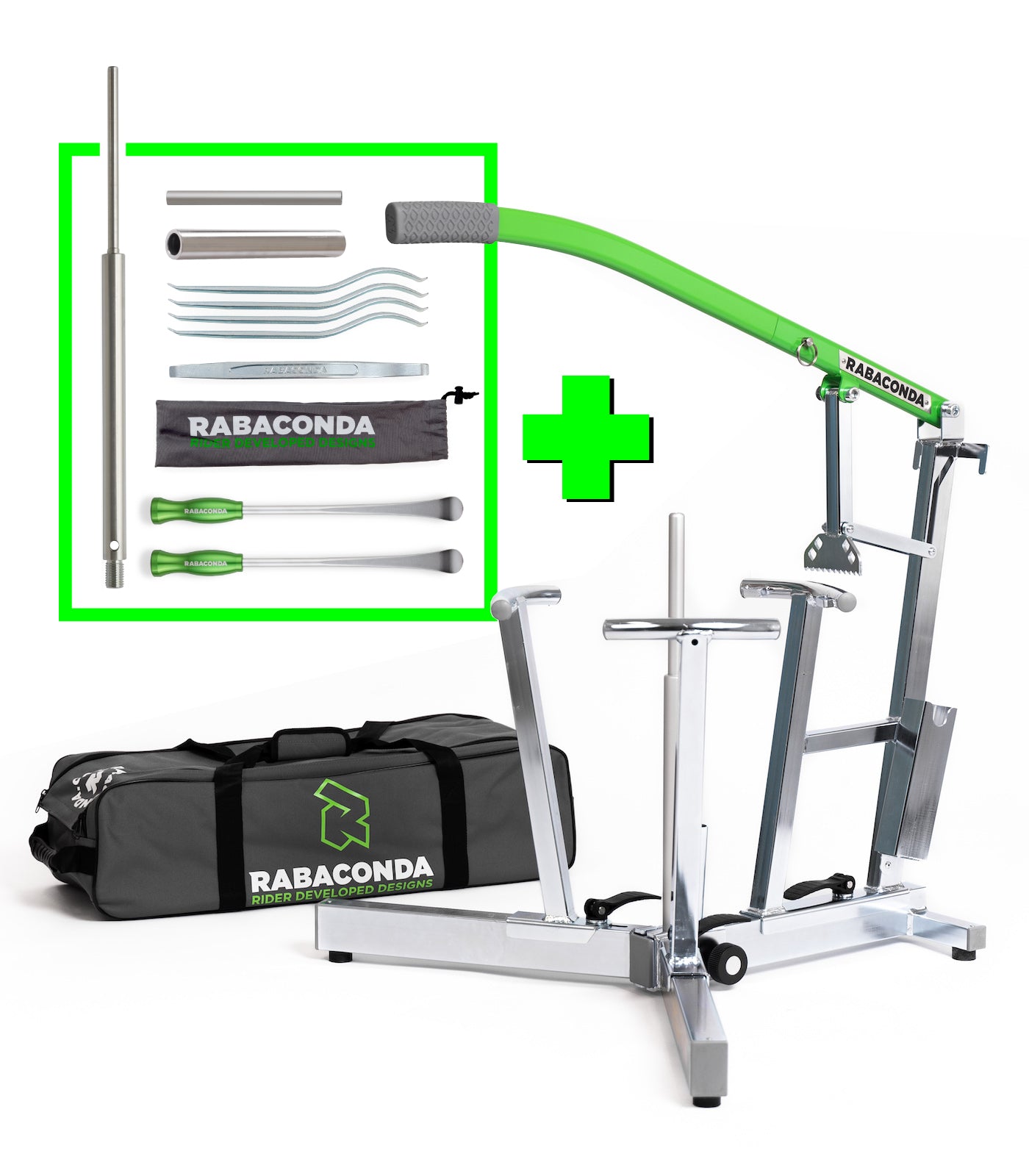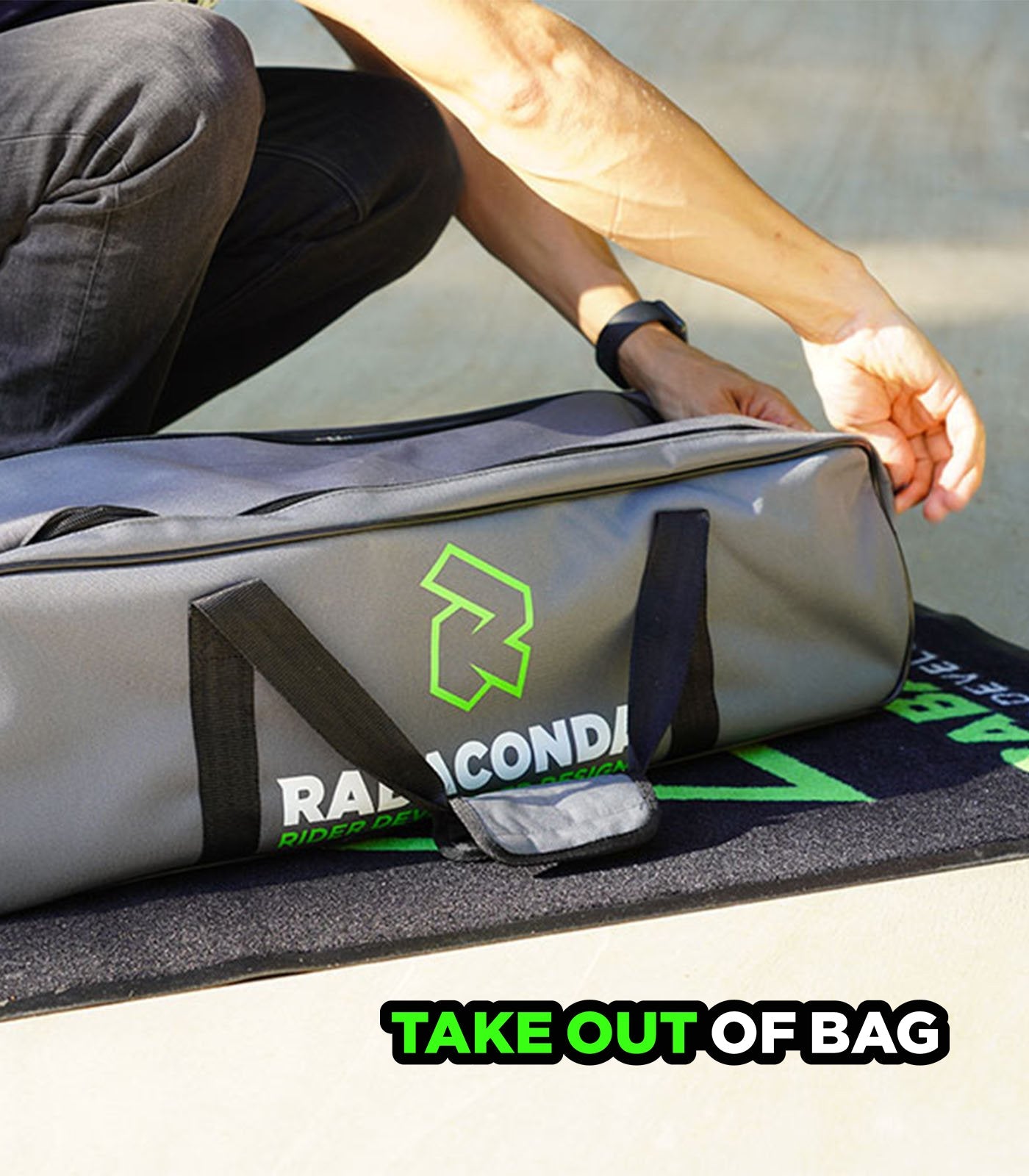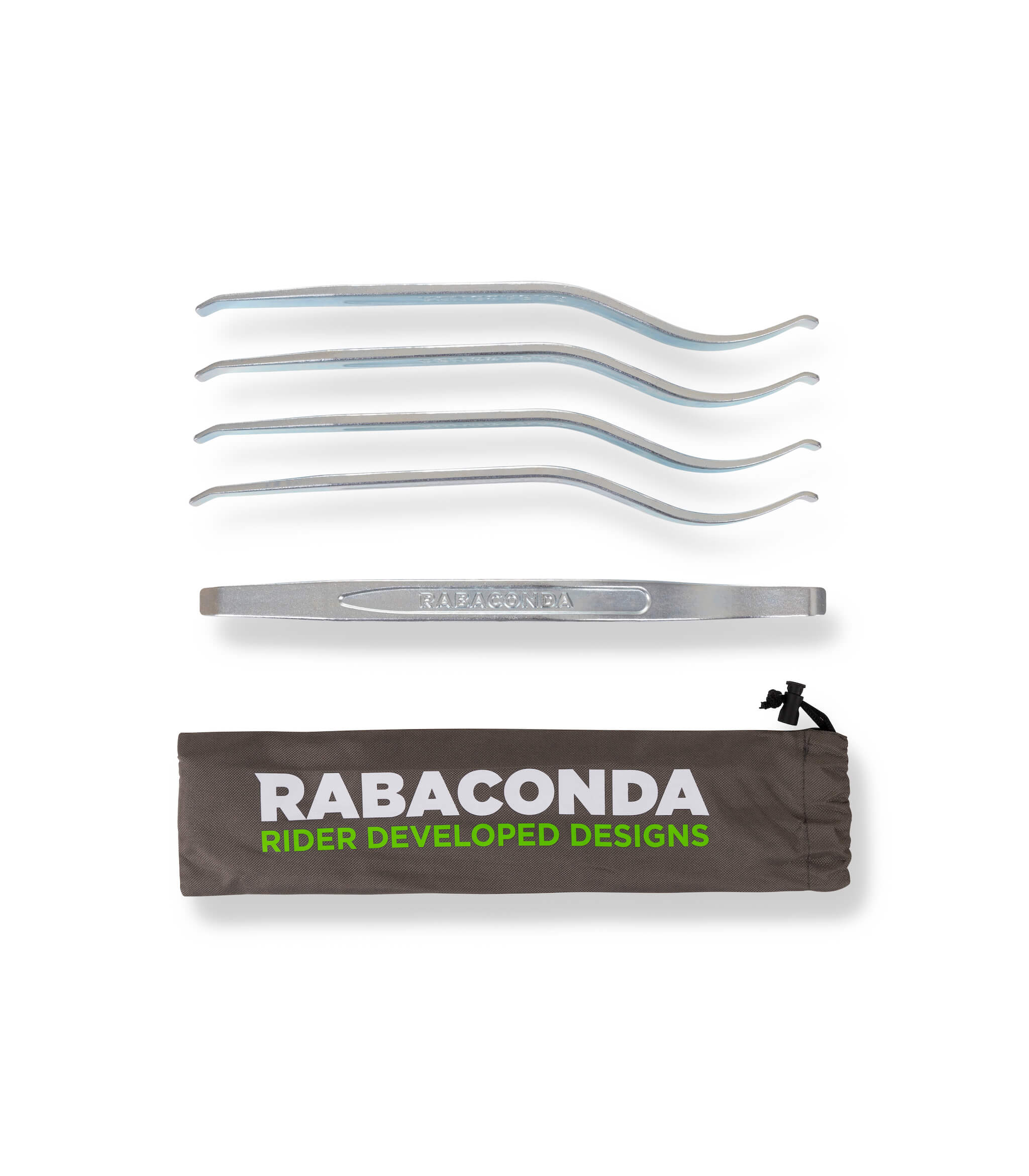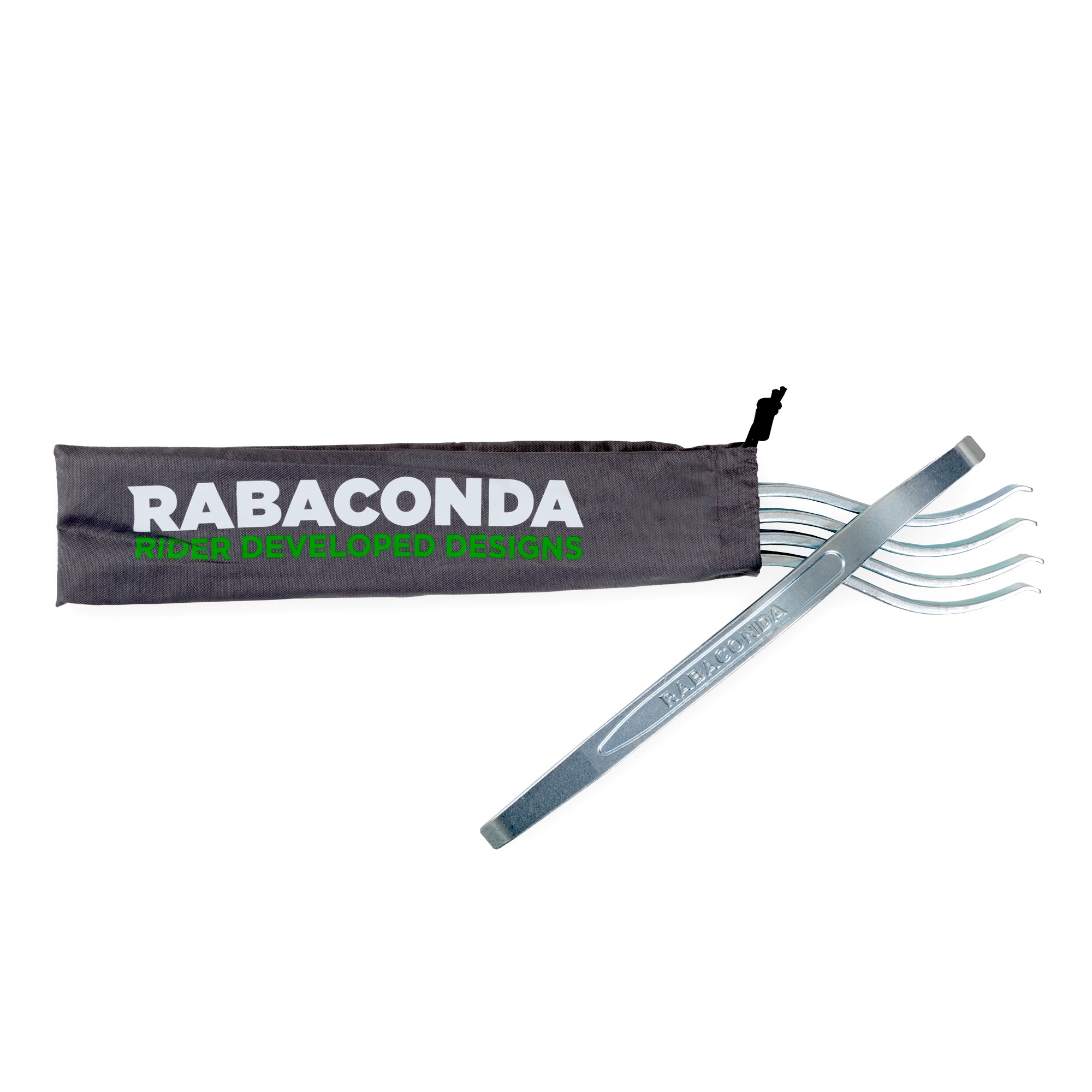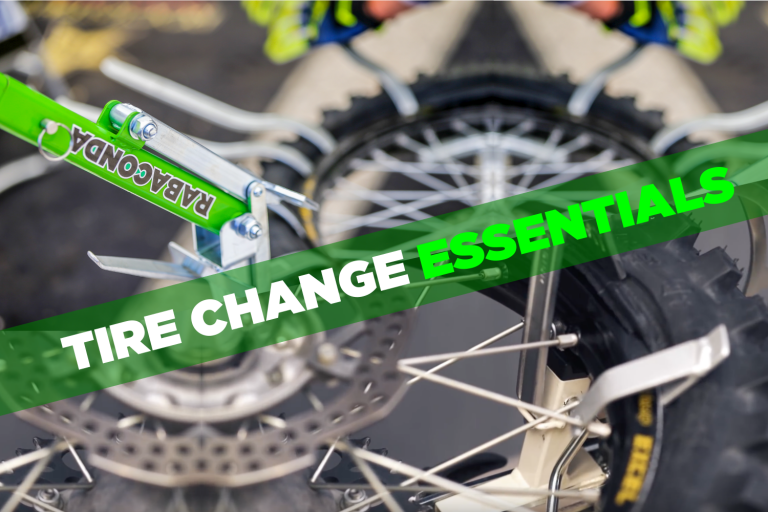When to Replace Dirt Bike Tires
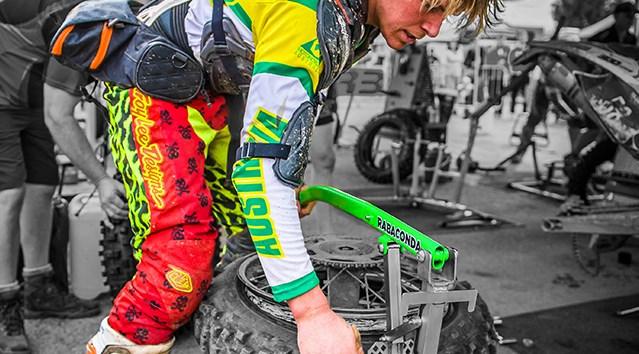
Tires are one of the most, if not the most frequently changed parts on a dirt bike. Quite often, riders swap between different tires depending on the terrain that they are riding. Tires also of course get changed when they are worn out. How do you tell when they are worn? This article will cover the basics so you can tell when it’s time to replace dirt bike tires!
Before we get into the physical characteristics of a worn tire, we need to cover compounds.
Soft Compound Tires
Soft compound tires are typically the tires that will offer the most grip over slick, and/or technical terrain. They are made of the softest rubber compounds which allow the tire to flex, providing a larger surface area of the tire to be in contact with the object or terrain you are riding over. You will find that most professional extreme enduro athletes will run a “gummy” tire that will provide them with the soft, traction grabbing features similar to a trials tire, with the given ability to perform at a reasonable level on faster terrain. This compound may offer some of the greatest traction capabilities, but with positives, there are the negatives. Since the rubber is so soft, you will find that these tires wear extremely fast and may only last one race depending on the situation.
Popular soft compound tires include;
GoldenTyre GTX216
Dunlop 756 EX
Kenda Equilibrium
Intermediate Compound Tires
Intermediate compound tires will be the most common tire, and is stock on most OEM bikes. This is because it supplies the rider with a happy medium, do it all tire. An intermediate compound will offer you a somewhat flexible lug, with the ability to withstand multiple hours of riding. If an experienced rider is unsure of what the track surface may be, an intermediate tire will most likely be applied due to the fact that this tire will perform well in a variety of conditions. This tire is best suited towards a medium to hard surface such as clay, but will also respectively attack soft terrain including loam, and sand.
Popular intermediate tires include;
Dunlop MX52
Pirelli 454
Golden Tyre 232N
Hard Compound Tires
Hard compound tires are made of the hardest rubber. A hard tire is selected when longevity is a priority such as in events like the Baja 1000. They are also selected for riding on extremely soft surfaces such as sand, mud, or deep loam. You will find that tires made specifically for soft terrain will be made up of hard lugs, and will usually feature a paddle-like design to dig, and throw the surface propelling the bike through the deep terrain. These tires will make the world of a difference on both motor wear, and physical abuse while riding. If taken care of correctly, these tires can seem to last an eternity (a long time).
Popular hard compound tires include;
Golden Tyre 280
Dunlop MX11
Kenda K782
Now you know a little about how different compounds wear, it’s time to look at physical signs of wear.
Signs that show when it is time, or near time to replace your tires
We all know how difficult it is to estimate when to crack open your cases and rebuild the motor, but luckily when it comes to tires – it’s easy to see when they are ready to be taken off and replaced.
Balding
The first immediate sign of tire wear you will most likely start to notice is the deterioration of your lugs, commonly referred to as balding. As you ride, your lugs will begin to round off. The issue with this is that there is no longer a hard wall for your tire to cut into the dirt with. With the loss of this wall, traction will decrease causing the riding surface to feel slippery, and reduce the volume of dirt that can be transferred to push the bike through a soft course. A certain amount of balding is acceptable, but when your lugs start to look more like circles than a square edges – it may be time for a new set of rubber! There is a pro tip that can also help increase the longevity of a balding tire covered later in this article.
Missing/Ripping Lugs
You can get away with some round lugs, but when you see them coming off completely, it is definitely time for a new tire. You may see factory race teams cutting certain lugs off to get the tire to dig exactly how the rider needs, but keep in mind these are trained tire technicians and have a variety of tires at their disposal. When lugs are missing due to wear, they do not only decrease or eliminate traction as a whole, but may also lead to some serious problems. A missing lug can quickly turn into a hole straight through the carcass of the tire, leading to flats and the possibility of the tire completely falling apart mid-moto. When you see lugs missing unintentionally, change the tire.
Sidewall Deterioration/Bead Tears
Although this may not be the first thing that comes to mind when thinking of tire wear, it is extremely important to keep an eye on the sidewall and bead of your tire. Considering the constant impact and flexing that a tire sidewall is subjected to, there is no surprise that cracks can form. If a crack is not spotted, with the right force it may cause the tire to rupture. If you would like to save on a new set of rims and avoiding injury, we would strongly recommend putting on a fresh tire as soon as possible after spotting cracks and tears.
Discoloration/Aging
As a tire ages, the rubber hardens. When the tire is unable to flex under impacts and rough terrain it can quickly begin to crack like previously mentioned. If you notice your tires have faded in colour, or are over a year old, replace them with a fresh set to guarantee a safe and stress free ride!
Mousse and Tube Wear
Knowing when to change the internal component to your tire can be confusing, especially with so many options available on the market. Just like a tire, tubes and other devices wear and need to be replaced.
Tubes
The majority of tubes that will be replaced is due to a flat, but when changing your next tire it may be smart to consider having a look at the tube for any signs of distress. Common places to find wear is the valve stem and seam. Look carefully over your tube for any weak spots that may tear resulting in a flat down the road. A variety of tubes are available and range from lightweight, short term performance, to heavy duty, off road specific options.
Mousse
A mousse can be difficult to know when to change. When you start to see the mousse decomposing inside the tire, it is definitely time for a new insert. Besides this, when to replace your mousse will be completely up to you and your preference on density. The most efficient way to increase the longevity of your mousse is to apply a significant amount of lubrication while installing. This lubrication will limit the damage that the dirt and water trapped inside your tire may inflict on your insert. If you find yourself riding in muddy or sandy conditions, it is strongly recommend to clean the inside of your tire and the mousse; this will make an unbelievable difference in the life span of the mousse.
How can I keep my tire from wearing and increase the longevity of them?
When avoiding tire wear, there are a few ways to limit the amount of damage done and decrease the quantity of tires you replace.
Lug Shaping
Although this may not increase the lifespan of your tire for long, simply squaring off the dull edges of your tire may just give you the extra traction you need for the last moto of the day. If you choose to use this option, be careful to avoid cutting too much off as this may result in the loss of lugs and increase the likelihood of the tire rupturing.
Choosing the Correct Tire
Choosing the correct tire for your riding discipline is potentially the most efficient way to extend your tires lifespan. As we mentioned early, different compounds have different attributes that are made specifically to withstand certain scenarios. Before purchasing, do your research and find which one will be best for you or read our thorough guide on best dirt bike tires.
Tire Pressure/Mousse Density
Running the correct tire pressure or mousse will most definitely increase the lifespan of your rubber. For example, running a high psi in a soft compound would apply too much stress on the lugs while riding and result in premature tire wear. Study your tire selection, and run the recommended pressure for optimum performance and longevity.
We hope this helped you with any questions you may have had regarding tires, and when to replace dirt bike tires!

